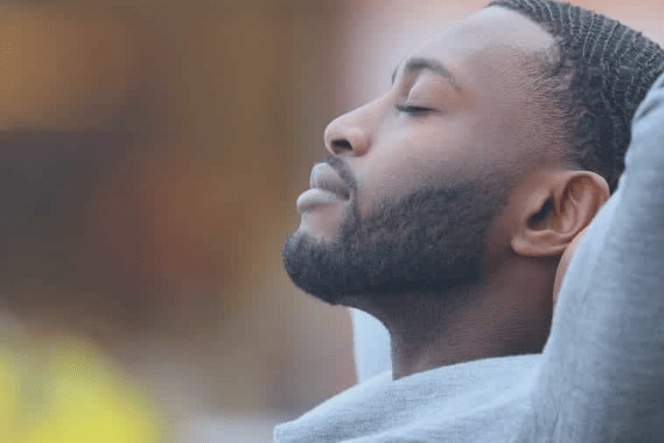The global sleep apnea devices market

The global sleep apnea devices (OSA) market size was valued at $3.7 billion in 2020, referenced Vivos Therapeutics, Inc.
From there, that market is expected to expand at a compound annual growth rate (CAGR) of 6.2% from 2021 to 2028.
The projection was included in a March 2021 sleep apnea devices market size and share report.
In parallel, according to an American Sleep Association study published in 2020, an estimated 50 to 70 million people in the United States suffer from some form of sleep disorder.
In addition, according to Canadian Respiratory Journal in 2014, about 5.4 million adults in Canada were diagnosed with sleep apnea or were at increased risk of developing OSA.
Another study conducted by ResMed in 2018 concluded that around 175 million people in Europe suffered from sleep apnea
Therefore, Vivos Therapeutics believes that effective diagnostic and treatment strategies are needed to minimize the negative health impacts of OSA and maximize cost-effectiveness.
Sleep apnea
OSA is a serious and chronic disease that negatively impacts patient’s sleep, health, and quality of life.
According to a 2019 article published in Chest Physician, OSA affects an estimated 54 million adults in the United States alone.
A 2016 report by Frost & Sullivan indicated that OSA has an annual societal cost of more than $149.6 billion.
According to the Global Prevalence of Obstructive Sleep Apnea (OSA) study, conducted by an international group of leading researchers, nearly 1 billion people worldwide suffer from sleep apnea, and up to 80% of them remain undiagnosed.
Research has shown that, if left untreated, OSA can increase the risk of comorbidities, such as high blood pressure, heart failure, stroke, diabetes, dementia, chronic pain and other debilitating and life-threatening diseases.
Treatments
Unfortunately for OSA patients, the medical profession has not been able to offer them solutions that are both effective and desirable.
CPAP is the «Gold Standard» treatment for more than 90 percent of OSA patients, but patients often resist having to wear these devices to bed every night for life, and long-term compliance hovers around 50 percent.
Traditional oral appliances can be effective for limited periods of time, but they often generate other problems, such as temporomandibular joint (TMJ) dysfunction, open bites, infections and others.
As with CPAP, they must also be worn nightly to be effective for life.
More radical and invasive options, such as neurostimulation devices or maxillomandibular advancement surgery, are also considered last-resort treatments.
When the Vivos Method presents itself as a viable treatment option over the aforementioned alternatives, we believe it will be the preferred choice of most patients.
Vivos Therapeutics believes that its proprietary products, which comprise the Vivos CARE oral appliances, represent the first non-surgical, non-invasive, cost-effective treatment for adults with dentofacial anomalies and/or patients diagnosed with OSA and mild to moderate snoring.
By combining technologies that typically enlarge the upper airway by altering the size, shape and position of the tissues that define it, Vivos CARE represents an entirely new treatment modality in the management of the dentofacial anomalies that often lead to OSA and many other health conditions.
![]()

